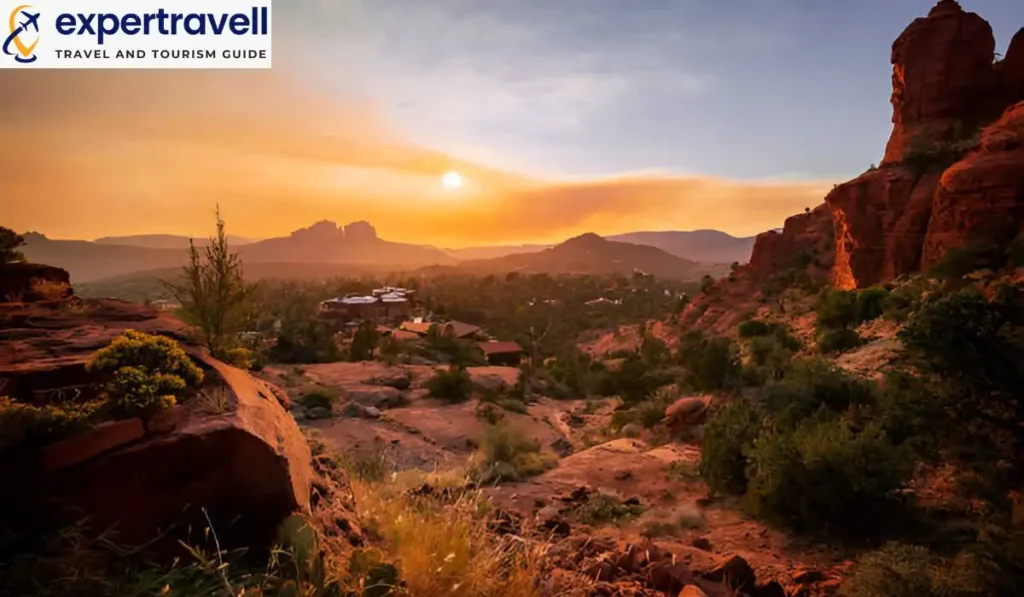Arizona’s deserts offer stunning landscapes and unique experiences for visitors. From colorful badlands to towering cacti, the state’s arid regions showcase nature’s beauty in unexpected ways.
The Arizona desert landscape features four distinct desert regions: the Sonoran, Mojave, Great Basin, and Chihuahuan. Each area has its own character and attractions. The Sonoran Desert, known for its iconic saguaro cacti, covers much of southern Arizona. In the northwest, the Mojave Desert boasts Joshua trees and rugged terrain.
Visitors can explore these desert wonders through various activities. Hiking trails wind through scenic areas like the Painted Desert, where vibrant rock formations create a natural masterpiece. Wildlife viewing opportunities abound, with chances to spot desert-adapted animals in their native habitats. For those seeking adventure, off-road tours and stargazing expeditions offer unique ways to experience Arizona’s desert magic. If you’re also drawn to exploring unique landscapes, consider visiting Amsterdam Netherlands, where culture and beauty await.
The Different Deserts Of Arizona
Arizona is home to several distinct desert regions. Each has its own unique features, plants, and animals.
Sonoran Desert
The Sonoran Desert covers much of southern Arizona. It’s known for its iconic saguaro cacti and diverse plant life. This desert gets more rain than other North American deserts. The Sonoran has two rainy seasons. One in winter and another in summer. This allows for a wide variety of plants to thrive. Animals like the Gila monster and cactus wren call this desert home. The Sonoran also has many wildflowers. They bloom in spring if winter rains are good.
Mojave Desert
The Mojave Desert takes up a small part of northwest Arizona. It’s much drier than the Sonoran Desert. The Mojave is known for its Joshua trees and extreme heat. Summer temps can reach over 120°F (49°C). Winters are cold, sometimes bringing frost. The Mojave gets most of its rain in winter. Plants here are adapted to harsh conditions. They include creosote bush and desert holly. Animals like the desert tortoise and kangaroo rat live in this tough environment.
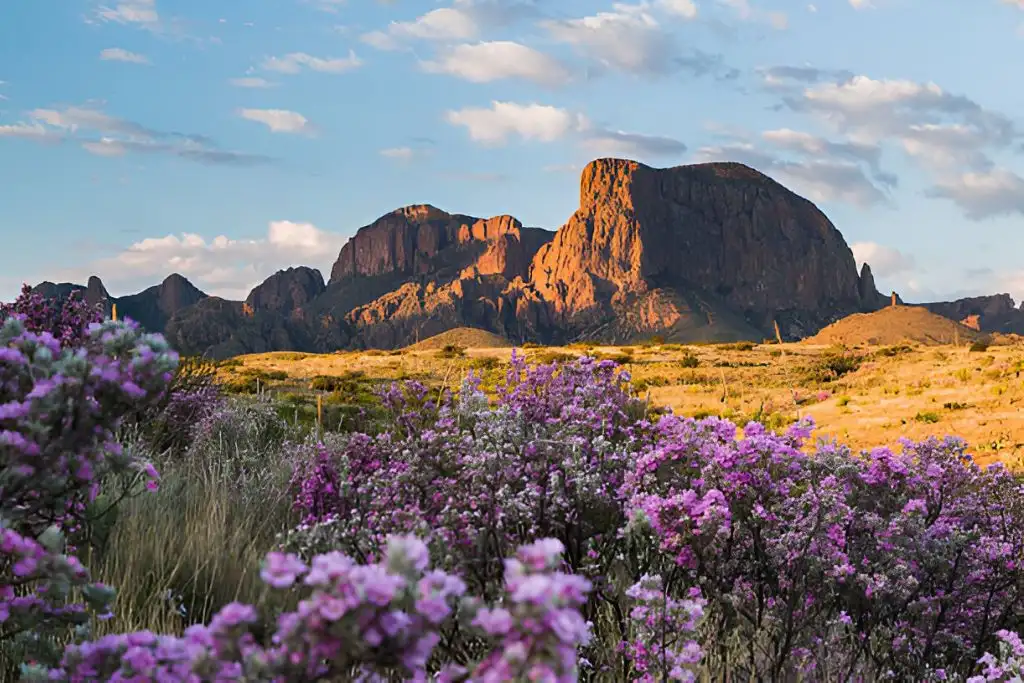
Chihuahuan Desert
The Chihuahuan Desert touches southeast Arizona. It’s the largest desert in North America. This desert sits at a higher elevation than the others. The Chihuahuan gets more summer rain than winter rain. This leads to different plants than other deserts. Yucca and agave are common here. Animals like the javelina and roadrunner thrive in this desert. The Chihuahuan is also home to many grasslands. These support grazing animals and birds of prey.
Best Time To Visit The Arizona Desert
Spring and fall offer pleasant temperatures for exploring the Arizona desert. These seasons provide ideal conditions for outdoor activities and sightseeing without extreme heat. If you’re looking for another destination with unique natural landscapes, Peru’s Amazon Rainforest also offers incredible opportunities for exploration and adventure.
Ideal Seasons
The best time to visit Arizona is from March to May and September to November. Spring brings mild temperatures, typically ranging from 70°F to 85°F (21°C to 29°C). Fall sees similar comfortable temperatures. These seasons allow visitors to enjoy outdoor activities without the intense summer heat. Mornings and evenings are especially pleasant during these months. This makes it perfect for hiking, sightseeing, and exploring desert landscapes. Winter can also be a good time to visit. Daytime temperatures are mild, though nights can get chilly.
Seasonal Highlights
Spring in the Arizona desert offers a unique spectacle. Wildflowers bloom, painting the landscape with vibrant colors. This is an excellent time for nature photography and wildlife viewing. Many desert animals are more active during the cooler spring months. Fall brings its own charm to the desert. The weather is pleasant, making it ideal for outdoor festivals and events. Visitors can enjoy activities like hot air balloon rides and scenic drives. The autumn light creates stunning views of the desert landscape. Winter offers clear skies and crisp air. It’s perfect for stargazing and enjoying the desert’s serene beauty.
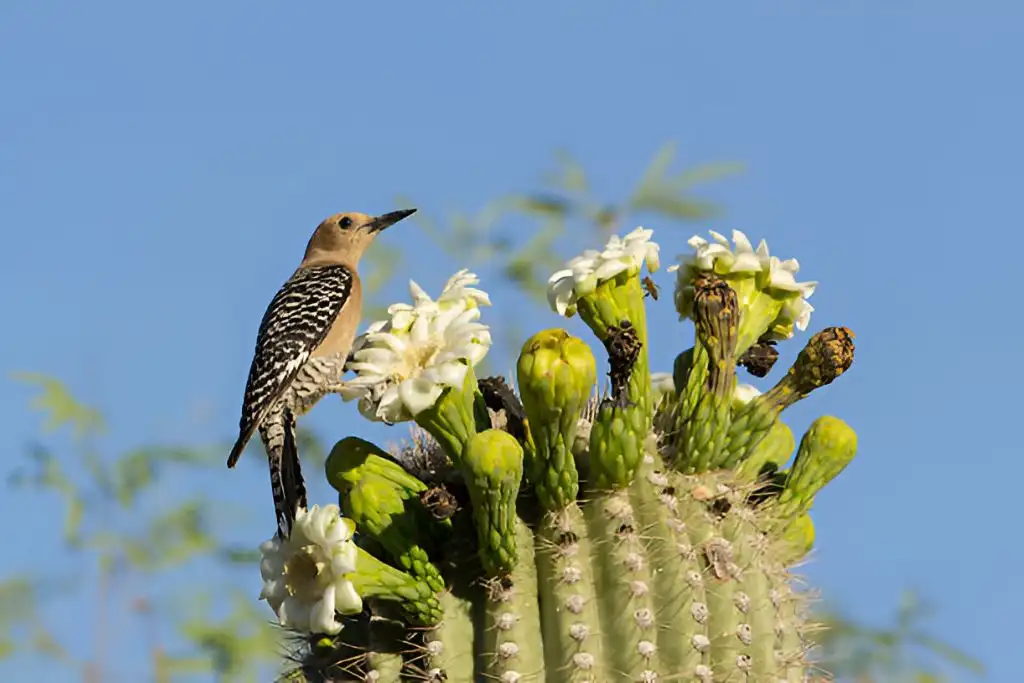
Arizona Desert Flora And Fauna
The Arizona desert is home to a diverse array of plant and animal life adapted to survive in harsh, arid conditions. From iconic cacti to resilient wildlife, this ecosystem showcases nature’s ability to thrive in extreme environments.
The Saguaro Cactus
The saguaro cactus is an iconic symbol of the Arizona desert. These giant cacti can grow up to 60 feet tall and live for over 200 years. Saguaros provide vital habitat for many desert creatures. Birds like woodpeckers and cactus wrens make nests in saguaro arms. Bats feed on the cactus flowers that bloom at night. The saguaro’s fruit is an important food source for wildlife. Saguaros are protected by law in Arizona. It’s illegal to harm or remove them without a permit. These majestic plants play a crucial role in the desert ecosystem.
Desert Wildlife
The Arizona desert is home to unique animals like coyotes, javelinas, and jackrabbits. Birds such as roadrunners and cactus wrens are common, along with reptiles like Gila monsters and rattlesnakes. Many animals, including bats and owls, are nocturnal to avoid the desert’s heat.
Rare Plant Blooms
After rainfall, the Arizona desert bursts with wildflowers like Mexican gold poppies, lupines, and brittlebush. These vibrant blooms, often seen in spring, provide nectar for pollinators. Desert botanical gardens offer a chance to see native plants in bloom year-round.
Popular Desert Destinations In Arizona
Arizona’s deserts offer stunning landscapes and unique experiences for visitors. These destinations showcase the diverse beauty of the state’s arid regions, from towering cacti to colorful rock formations.
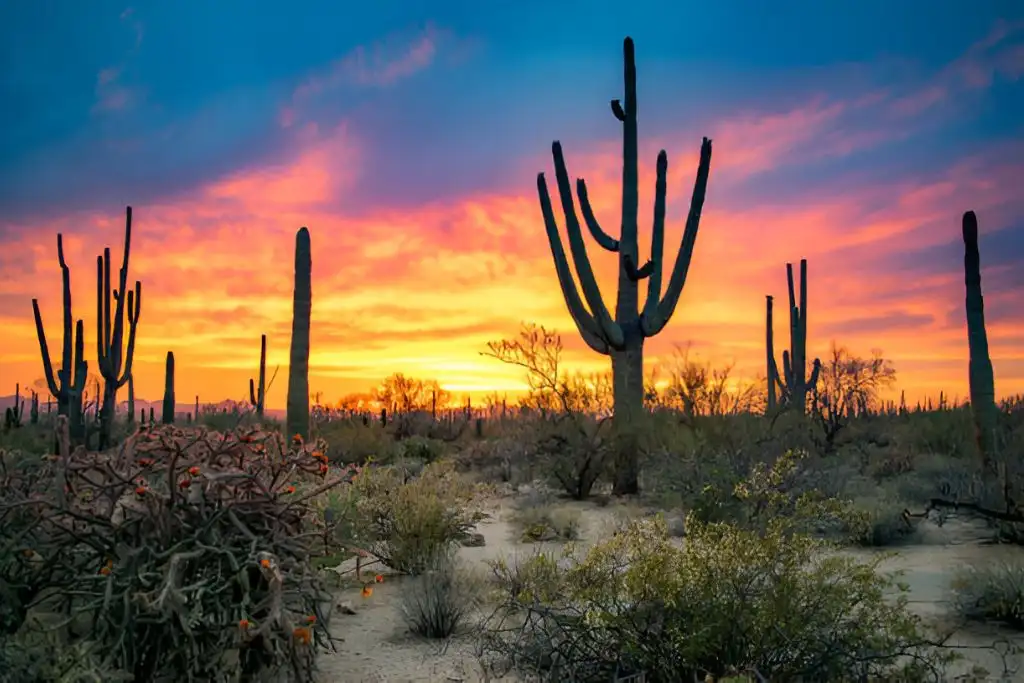
Saguaro National Park
Saguaro National Park features the iconic saguaro cactus, with two districts: Tucson Mountain and Rincon Mountain. Visitors can enjoy scenic drives, hiking, and wildlife spotting. The park’s highlight is the towering saguaro cactus forest. Spring is the best time to visit for blooming wildflowers, and the Bajada Loop Drive offers stunning views.
Painted Desert
The Painted Desert is famous for its vibrant colors and unique rock formations, stretching from the Grand Canyon to the Petrified Forest. Visitors can hike or take scenic drives, with the Painted Desert Rim Trail offering panoramic views. Early morning or late afternoon is ideal for seeing the colors at their best.
Sonoran Desert National Monument
The Sonoran Desert National Monument preserves diverse plant life, including saguaro forests and ironwood trees. Popular activities include hiking, camping, and stargazing. The Juan Bautista de Anza Trail offers long-distance hiking, and visitors may spot bighorn sheep or mountain lions. October to April is the best time to visit due to milder temperatures.
Outdoor Activities In The Arizona Desert
Arizona’s deserts offer a wide range of exciting outdoor activities for nature lovers and adventure seekers. From hiking to wildlife viewing, there’s something for everyone in this unique landscape.
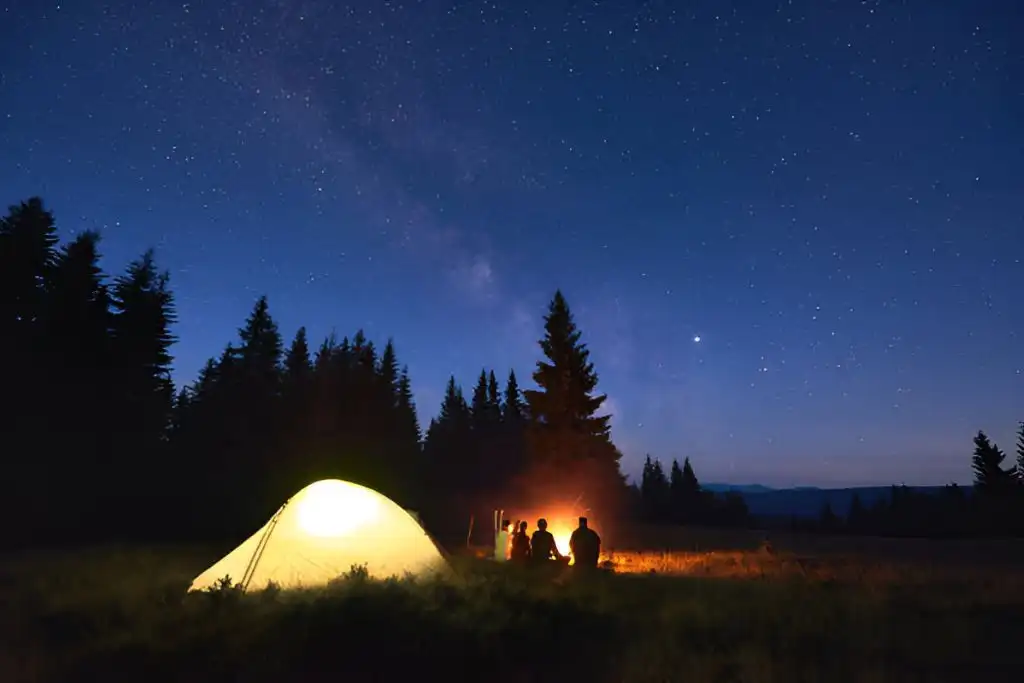
Hiking and Camping
The Arizona desert offers great hiking trails for all levels, like the Painted Desert Trail with colorful rock views. Bring water, sun protection, and essential gear. Desert camping is available at state parks and off-grid spots, with RV options too. Follow Leave No Trace to protect the ecosystem.
Wildlife Viewing
The Arizona desert is rich in wildlife, with chances to see coyotes, jackrabbits, and unique plants like the saguaro cactus. Dawn and dusk are best for animal sightings. Guided tours with local experts can enhance the experience.
Stargazing
Arizona’s clear skies are perfect for stargazing. Visit observatories or use apps and star charts to spot constellations. For the best experience, camp in remote areas to see the Milky Way and potential meteor showers.
Photographing The Arizona Desert
The Arizona desert offers stunning landscapes for photography. Its unique features and lighting create opportunities for unforgettable images.
Landscape Photography Tips
Arizona’s desert landscape is a dream for photographers. To capture its beauty, use a wide-angle lens for vast scenes. Early morning or late afternoon light brings out textures and colors. Look for unique rock formations or cacti as focal points. A tripod helps keep images sharp, especially in low light. Use a polarizing filter to enhance the blue sky and reduce glare. For close-ups of desert plants, switch to a macro lens. This shows the intricate details of cactus spines or delicate wildflowers.
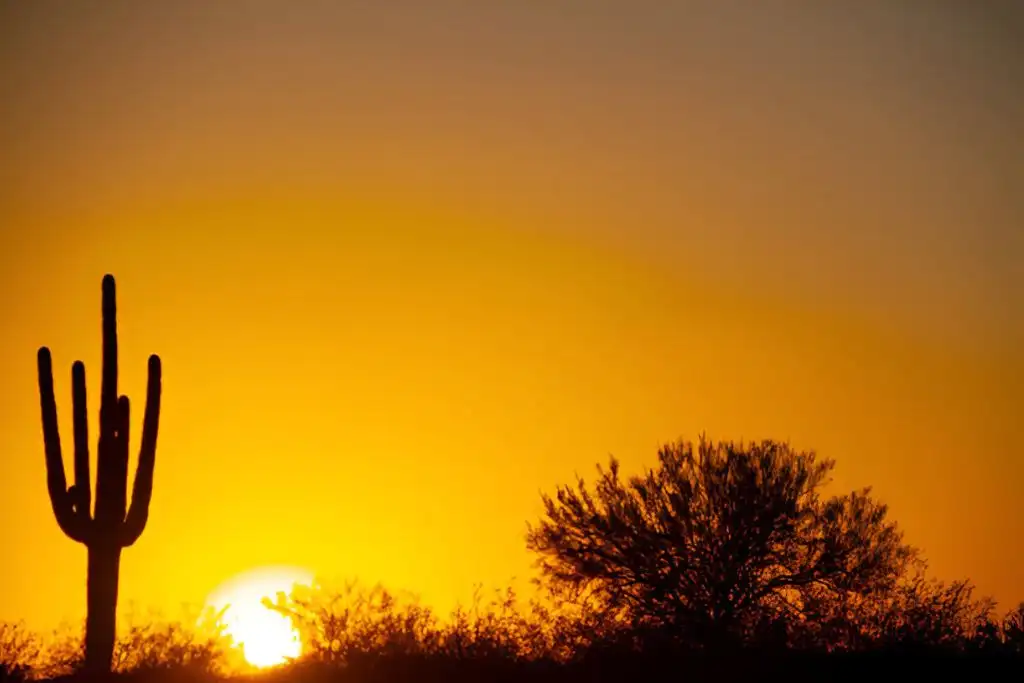
Capturing Arizona’s Desert Sunsets
Arizona is famous for its fiery sunsets. To photograph them, arrive early to scout locations and set up equipment. Use a sturdy tripod and remote shutter release to avoid camera shake. Experiment with different exposures to capture the full range of colors. Include silhouettes of cacti or rock formations to add interest. A graduated neutral density filter can balance bright skies with darker foregrounds.
Unusual Desert Sights
The Arizona desert holds many surprises for photographers. Antelope Canyon offers stunning light beams and sculpted sandstone walls. For night photography, capture the Milky Way over desert landscapes. Use a wide-angle lens, high ISO, and long exposure. Include foreground elements like Joshua trees for scale. Spring brings colorful wildflower blooms. Use a shallow depth of field to isolate individual flowers against the desert background.
Top Things to Do in the Arizona Desert
Arizona’s desert landscapes offer a variety of exciting activities, perfect for adventure seekers and nature lovers alike. Here are the top things to do when visiting the Arizona desert:
- Explore the Grand Canyon: Hike or take a scenic drive along one of the world’s most iconic natural wonders.
- Visit Saguaro National Park: See the towering saguaro cacti and enjoy desert trails perfect for hiking and photography.
- Tour Antelope Canyon: This stunning slot canyon is a must-see for its breathtaking rock formations and light beams.
- Experience Monument Valley: Famous for its red rock formations, this desert offers spectacular views and incredible photo opportunities.
- Hike the Superstition Mountains: Take in dramatic desert landscapes and spot native wildlife on these rugged trails.
- Stargazing: With clear skies and little light pollution, Arizona’s deserts are perfect for stargazing, especially at Kitt Peak National Observatory.
- Visit the Arizona-Sonora Desert Museum: A blend of zoo, botanical garden, and museum, this destination is great for learning about the region’s unique ecology.
- Off-road Adventures: For thrill-seekers, Jeep and ATV tours let you experience the rugged terrain up close.
- See the Painted Desert: Drive through this colorful landscape, famous for its unique hues and ancient geological formations.
With so much to see and do, the Arizona desert is an unforgettable destination filled with natural beauty and adventure.
Navigating And Surviving The Arizona Desert
The Arizona desert can be beautiful but dangerous. Proper preparation and knowledge are key to staying safe. Packing essential supplies and understanding desert hazards will help ensure a successful adventure.
Desert Safety Essentials
Surviving in the Arizona desert requires careful planning. Always carry plenty of water – at least one gallon per person per day. Wear sunscreen, sunglasses, and a wide-brimmed hat to protect from intense sun. Know the signs of heat exhaustion and heat stroke. Take frequent breaks in the shade. Avoid hiking during the hottest parts of the day, typically 10 AM to 4 PM. Be aware of wildlife hazards like rattlesnakes and scorpions. Watch where you step and don’t reach into crevices without looking. Carry a first aid kit and know how to use it. Tell someone your plans before heading out. Bring a map, compass, and fully charged cell phone.
What To Pack For A Desert Adventure
Pack light but bring these desert essentials:
- Water (1 gallon per person per day)
- Salty snacks to replace electrolytes
- Breathable, light-colored clothing
- Sturdy hiking boots
- Wide-brimmed hat
- Sunscreen (SPF 30+)
- Sunglasses
- First aid kit
- Flashlight and spare batteries
- Knife or multi-tool
- Emergency shelter (light tarp or bivy sack)
- Breathable, lightweight shirts are best for desert climates. Choose light colors to reflect the sun. Bring layers – it can get cold at night.
Don’t forget a detailed map of the area and a compass. GPS devices can fail, so have backup navigation tools.
Cultural Significance Of The Arizona Desert
The Arizona desert holds deep cultural importance. Ancient peoples left their marks on the land through art and structures. Native tribes continue to call this region home today.
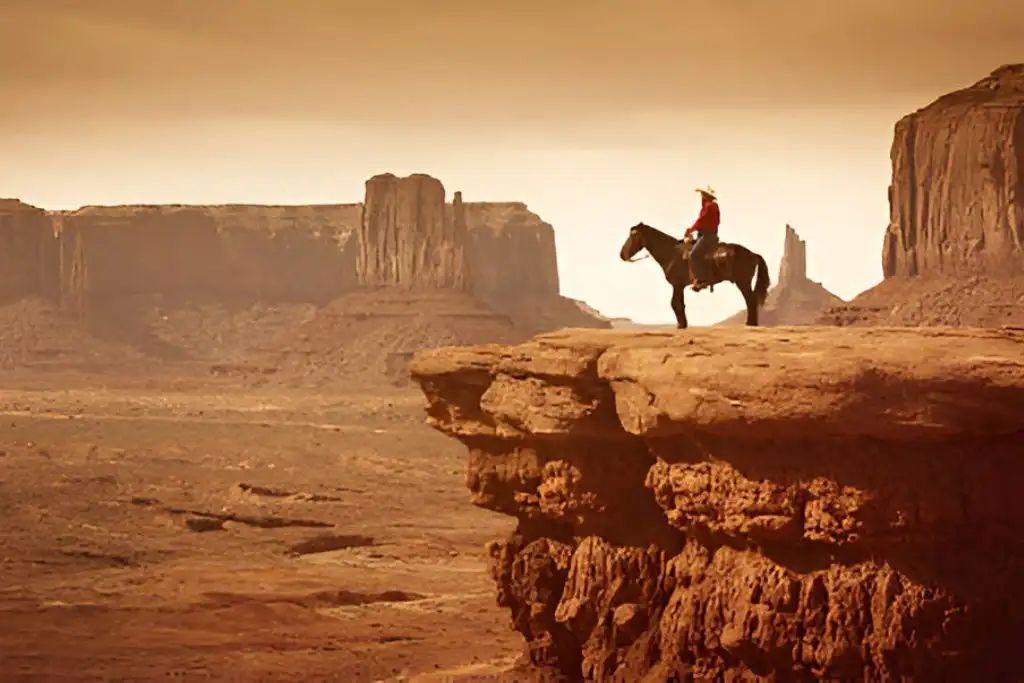
Indigenous Tribes
The Arizona desert has been home to many Native American tribes for thousands of years. The Tohono O’odham and Apache are two groups with deep ties to this land. These tribes developed unique ways to live in the harsh desert climate. They used native plants for food, medicine, and crafts. Many tribes still live on reservations in Arizona today. They work to keep their cultures and languages alive. Visitors can learn about tribal history at places like the Heard Museum in Phoenix. Some reservations offer tours and cultural events to share their traditions with others.
Petroglyphs And Archaeological Sites
The Arizona desert contains many ancient ruins and rock art sites. Petroglyphs are images carved into rock surfaces by prehistoric peoples. These carvings often show animals, people, and symbols. They give us clues about early desert life.
Important archaeological sites include:
- Casa Grande Ruins National Monument
- Montezuma Castle
- Tuzigoot National Monument
These sites feature ancient dwellings and structures. They show how people lived in the desert long ago. Visitors can see pottery, tools, and other artifacts at these places. Guided tours teach about the daily lives of early desert dwellers.
Sustainable Travel In The Arizona Desert
Visiting the Arizona desert can be done responsibly. Travelers can take steps to protect the environment and support local communities. Simple actions make a big difference in preserving this unique ecosystem. Similarly, if you’re looking for a responsible way to explore a vibrant city, consider exploring the unique things to do in Buenos Aires.
Desert Conservation
The Arizona desert’s fragile ecosystem needs protection. Stay on marked trails to avoid harming plants and wildlife, and pick up any trash to keep the desert clean. Conserve water by taking short showers and using reusable water bottles. Support conservation by visiting nature centers and joining guided hikes.
Eco-Friendly Tips
Choose eco-friendly lodging that uses solar power or water-saving practices. Use public transport, carpool, or rent a hybrid vehicle to reduce emissions. Support local businesses by buying local products and eating at local restaurants. Always observe wildlife from a distance and avoid feeding them.
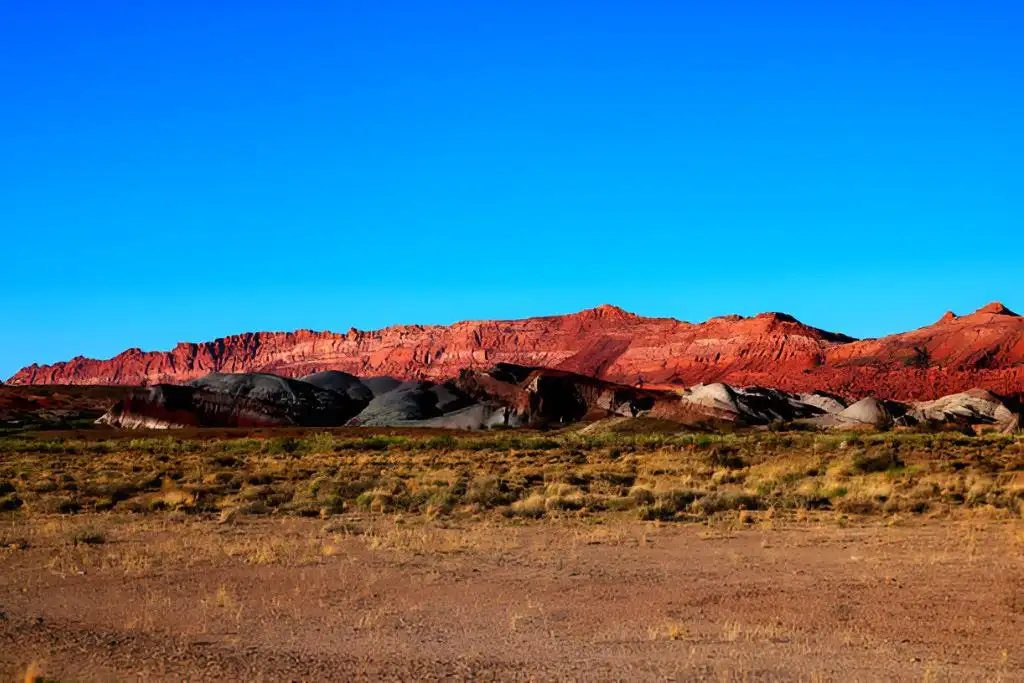
Experiencing The Arizona Desert
The Arizona desert offers scenic hikes and diverse plant life. Popular trails include the Quartz Ridge Trail at Phoenix Mountains Preserve and South Mountain Park, which spans 16,000 acres.
Discover Sonoran Desert Flora and Fauna
The Sonoran Desert is famous for its saguaro cacti and wildlife. Visitors can enjoy guided or self-guided tours, with the best wildlife sightings during early morning or evening hikes.
Scenic Drives and Stargazing
Drive the Apache Trail for a 40-mile journey through desert landscapes and lakes. Clear desert skies make stargazing magical, with many parks offering night programs.
Cultural and Historical Exploration
Canyon De Chelly National Monument offers a blend of natural beauty and Navajo history, with thousands of years of human habitation.
Desert Safety Tips
Bring water, wear sun protection, and avoid midday heat to safely enjoy Arizona’s desert climate.
Frequently Asked Questions
What is the best season to experience the Arizona deserts?
Spring (March to May) offers mild temperatures and blooming wildflowers. Fall (September to November) is also great for outdoor activities. Summers are extremely hot, while winters are mild but chilly at night.
Which locations are considered must-see spots in the Arizona desert?
The Grand Canyon, Saguaro National Park, Monument Valley, and Antelope Canyon are must-see spots for their breathtaking landscapes and unique desert features.
How can one prepare an itinerary for a trip to the Arizona desert?
Choose key destinations, plan for early or late outdoor activities to avoid heat, pack essentials like sunscreen and water, and book accommodations in advance, especially during peak seasons.
Can you list the four major deserts found in Arizona?
The Sonoran, Mojave, Great Basin, and Chihuahuan deserts all have a presence in Arizona.
What features make the Painted Desert a destination worth visiting?
The Painted Desert’s colorful badlands, scenic drives, and rich fossil history make it a unique and beautiful place to explore.
Are tourists allowed access to the Sonoran Desert for exploration?
Yes, tourists can explore the Sonoran Desert. Popular spots like the Arizona-Sonora Desert Museum offer great access, along with hiking and camping opportunities.

